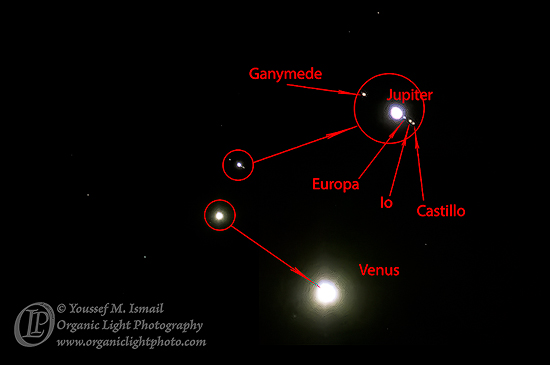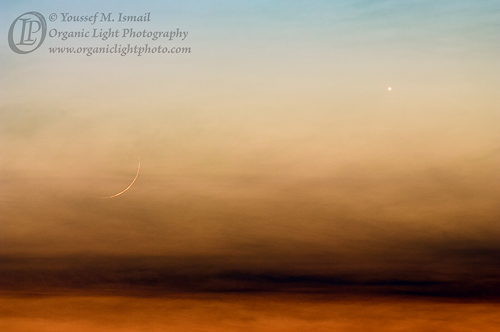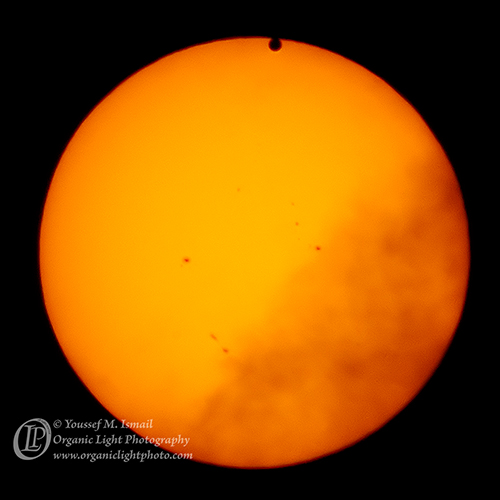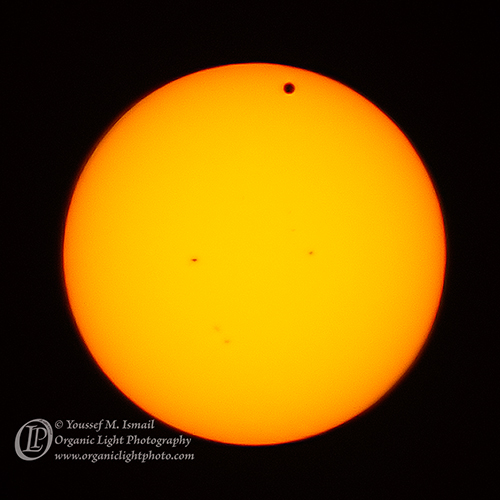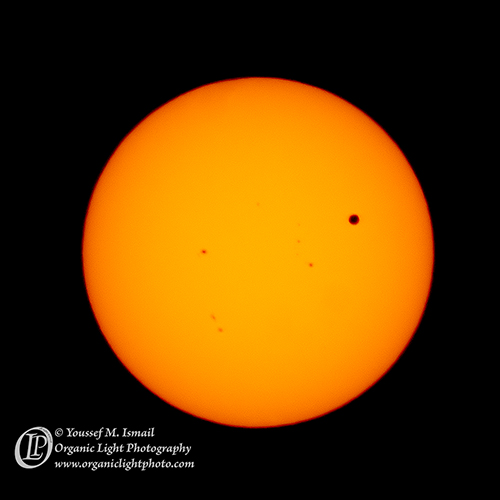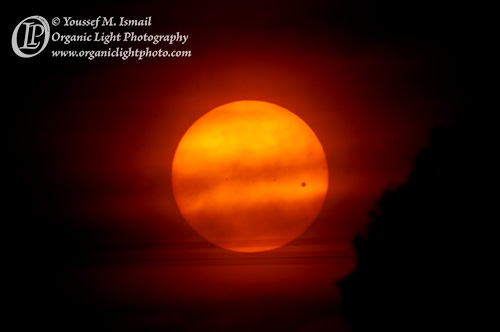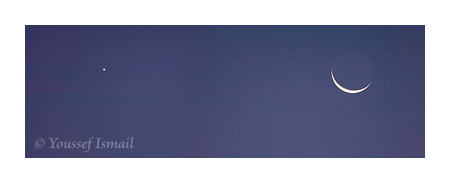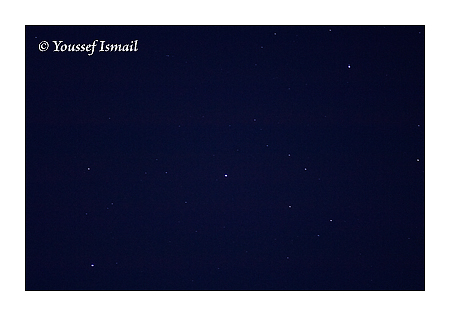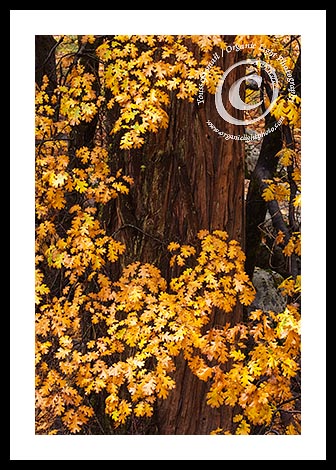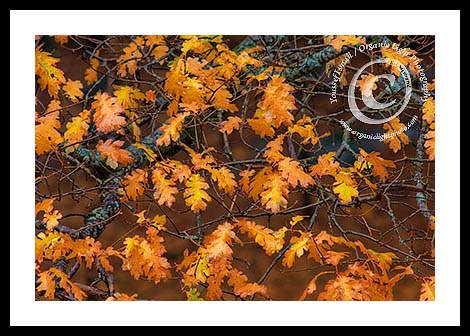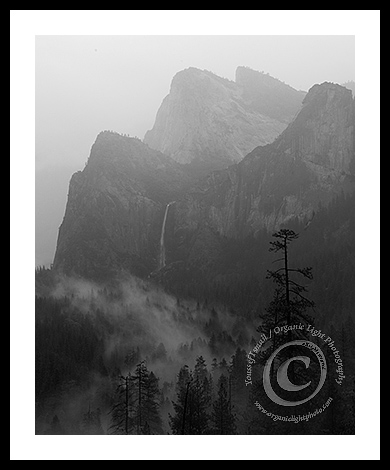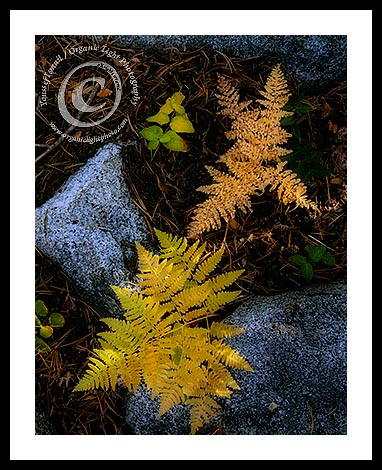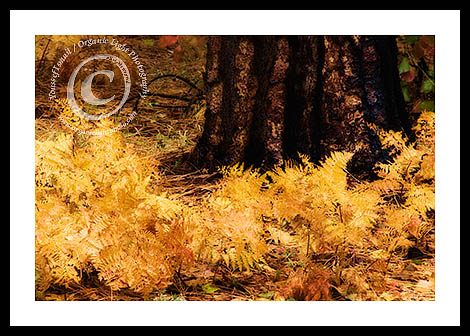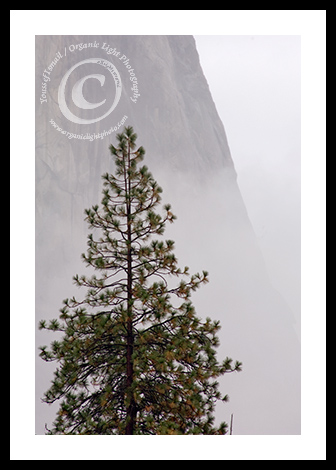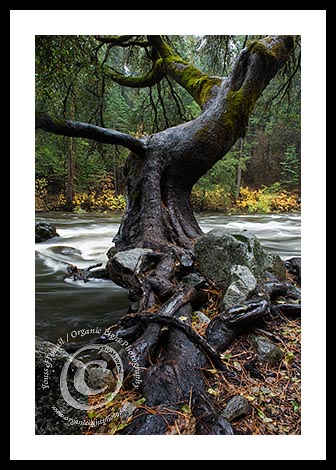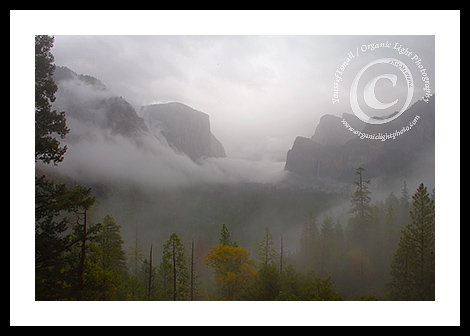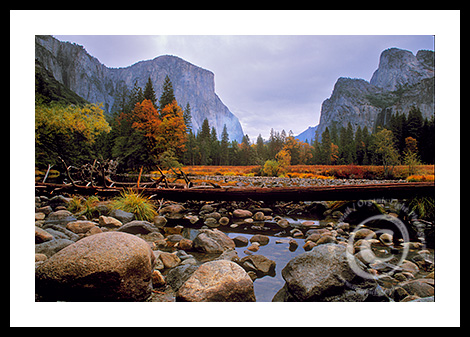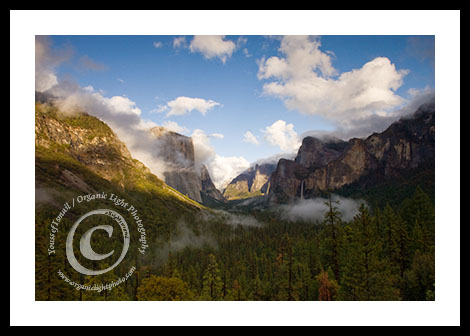Something Unexpected
The delinquent photographer is back again. Hey, this time its only been 3 months! Anyway, this evening Venus and Jupiter were aligned with each other in the evening sky after sunset and for about two and a half hours they could be seen hanging over the western horizon. I thought it was an fairly unique occurrence and decided to photograph them.
I pulled out the Nikon D2x and the 400mm f/5.6 lens that I use to photograph the moon each month. I made the first photo at an ISO setting of 100 which required an 8 second exposure. I knew that was too long but wanted to see how much blur resulted in the photo. It was pretty bad. I raised the ISO setting several stops to bring the exposure time to 1 sec, the maximum that I can use for celestial objects with this lens. The resulting photo is below.
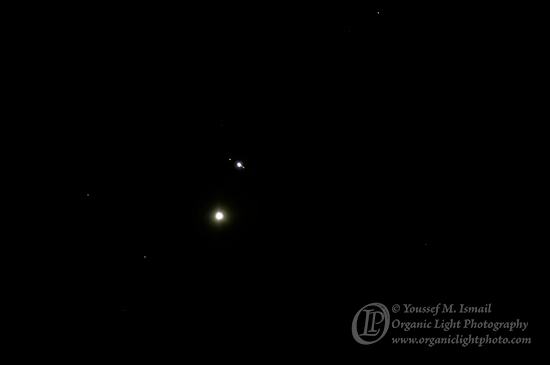
Venus, Jupiter and Moons?
On the outset, other than Venus, the lower brighter orb, and Jupiter being so close together its not that interesting of a photo. However if you look closely at Jupiter you’ll see some other small lights next to it. That puzzled me for a moment as I looked at the camera’s LCD screen while zoomed in on Jupiter. Then I realized those must be the moons of Jupiter! A quick look at the StarMap application on my phone and it was confirmed those indeed were the moons of Jupiter. How in the world did this camera, with sensor technology that is at least 10 years old, capture them!
So to highlight those moons, I created an enlarged composite of Venus, Jupiter and Jupiter’s moons, which happen to be Ganymede (upper left), followed by Europa, Io and Castillo (lower right). Click on the image to see an enlarged view.
If you missed today’s rendezvous of Venus and Jupiter, then don’t worry, the will be together for the next several evenings as Jupiter passes Venus moving from the upper left to the lower right.
I apologize for my lack of posts, but I have been busy at work on some new custom equipment that will allow me to photograph the milky way using my 4×5 camera. I should have it done and working by the end of summer, and expect some interesting work appearing here in the Autumn. Until then, I will try to post more often.
Peace to all.
